ABB HC800 Processor Module
Product Overview:
The ABB HC800 Processor Module is a core component of ABB’s high-performance industrial automation control systems. This module uses advanced digital control technology to provide efficient and reliable control functions. The HC800 Processor Module can process complex control algorithms and real-time data flows, making it widely used in various industrial control systems, especially in industries requiring high reliability, such as oil, gas, power, and chemicals.
The HC800 Processor Module has powerful computing capabilities, flexible communication interfaces, and high scalability, making it a key part of ABB's control systems, offering optimized solutions for a variety of automation applications.
Detailed Specifications:
-
Model: HC800
-
Processor Type: High-performance multi-core processor
-
Clock Speed: 2 GHz or higher
-
Memory: 4 GB RAM, 128 GB SSD
-
Input Voltage: 24V DC (typical)
-
Power Consumption: < 30W
-
Communication Interfaces: Supports Ethernet, Modbus TCP, Profibus, Ethernet/IP, and more
-
Operating Temperature Range: -10°C to +60°C
-
Relative Humidity: 5% to 95% (non-condensing)
-
Dimensions: 250mm x 150mm x 70mm
-
Redundancy Configuration: Supports dual processor redundancy, redundant power supply, and communication links for high availability
-
Operating System: Linux-based Real-Time Operating System (RTOS)
-
Scalability: Supports up to 32 I/O modules, multiple communication ports, and high-speed data processing
-
Security: Role-based access control, encryption, and authentication to ensure data security and system stability
Product Advantages & Features:
-
High Computing Power: Equipped with a high-frequency multi-core processor, the HC800 processor module can handle complex industrial control tasks in real-time, supporting rapid response and high-precision calculations.
-
Flexible Communication Interfaces: Supports multiple industrial communication protocols, including Ethernet/IP, Modbus TCP, Profibus, ensuring seamless integration with various devices and systems.
-
Redundant Design for High Availability: Supports dual processor configuration, redundant power supply, and communication links to ensure system availability, greatly enhancing stability and reliability.
-
High Scalability: The HC800 processor module supports up to 32 I/O modules, providing flexible solutions for automation systems of various sizes and requirements.
-
Security: Includes role-based access control, data encryption, and authentication functions, ensuring system security and preventing unauthorized access and potential data breaches.
-
Real-Time Operating System: Runs on a Linux-based real-time operating system (RTOS), providing efficient real-time responses and handling complex and dynamic data flows in industrial automation.
-
Adaptability to Harsh Environments: Operates reliably in temperatures ranging from -10°C to +60°C, suitable for use in a variety of industrial environments.
Applications:
-
Oil and Gas Industry: Used in oil field automation, pipeline monitoring, oil and gas separation, and storage to improve production efficiency and ensure process safety.
-
Power Industry: Provides efficient control and monitoring in power production, substations, and distribution networks, ensuring stable operation of power equipment.
-
Chemical and Pharmaceutical Industries: Monitors complex chemical reactions and production processes to ensure product quality and safety.
-
Manufacturing and Production Line Control: Enables real-time scheduling and control of equipment in automated production lines, optimizing production efficiency and product quality.
-
Building Automation and Facility Management: Used in smart building control systems to integrate power management, HVAC control, lighting adjustments, and more, improving energy efficiency and management.
-
Railway and Traffic Control: Monitors and controls traffic flow, signaling systems, and related equipment in rail and road transport, ensuring safety and efficiency.
Precautions:
-
Installation Environment: Ensure the system operates within the specified temperature and humidity ranges and provide adequate ventilation to prevent overheating.
-
Correct Communication Configuration: Ensure compatibility with other control devices during the configuration of communication interfaces to guarantee smooth communication.
-
Importance of Redundancy: For critical systems, enable redundancy to ensure seamless switching to backup systems in case of a failure, ensuring business continuity.
-
Regular System Maintenance: Periodically check system status, perform software upgrades, hardware checks, and troubleshoot. Replace faulty components as necessary to maintain stability.
-
Electromagnetic Interference Prevention: Use shielded cables and proper wiring to reduce electromagnetic interference in industrial environments, ensuring stable system operation.

 All Categories
All Categories
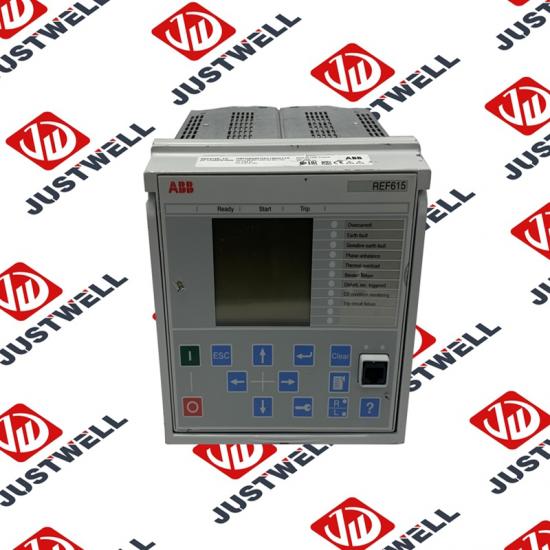
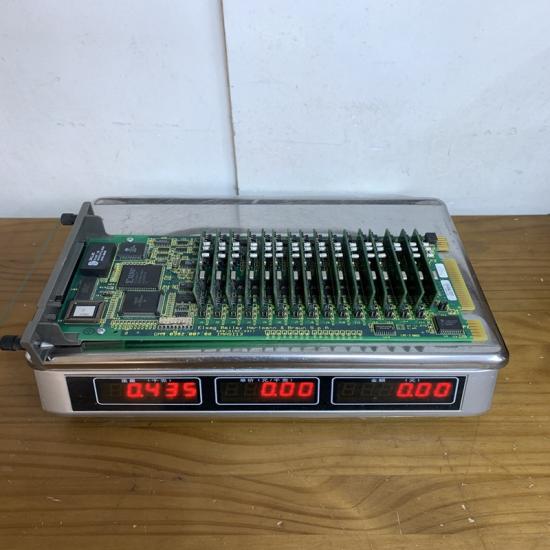
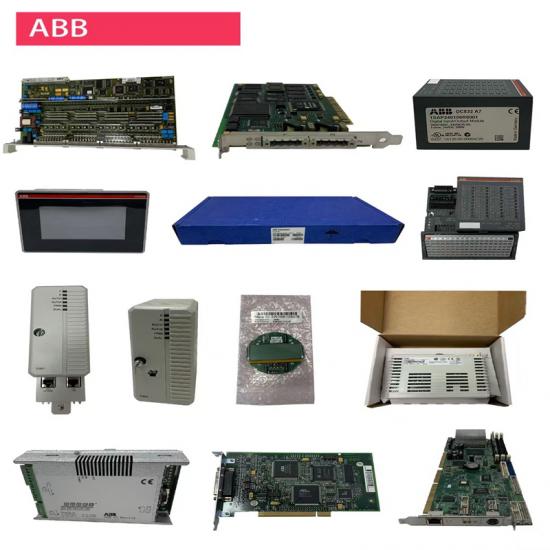

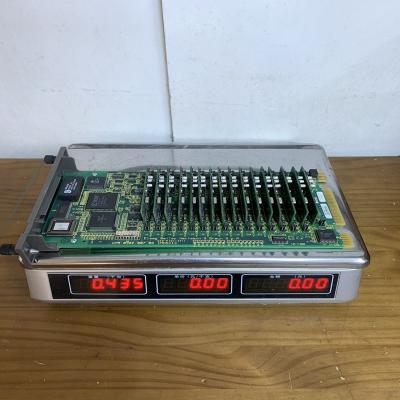
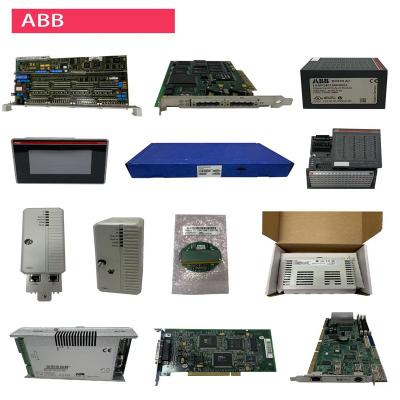
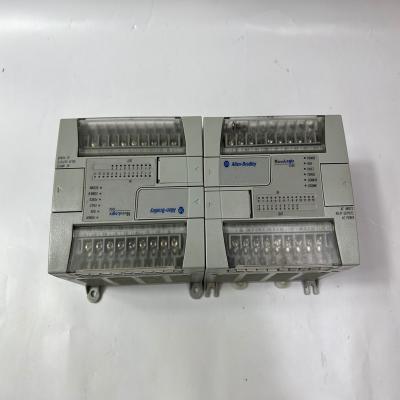

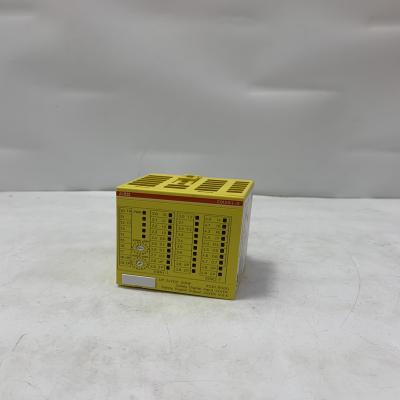
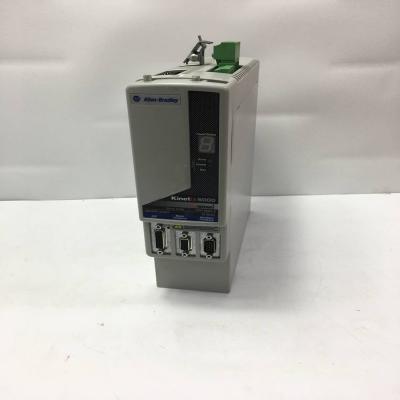

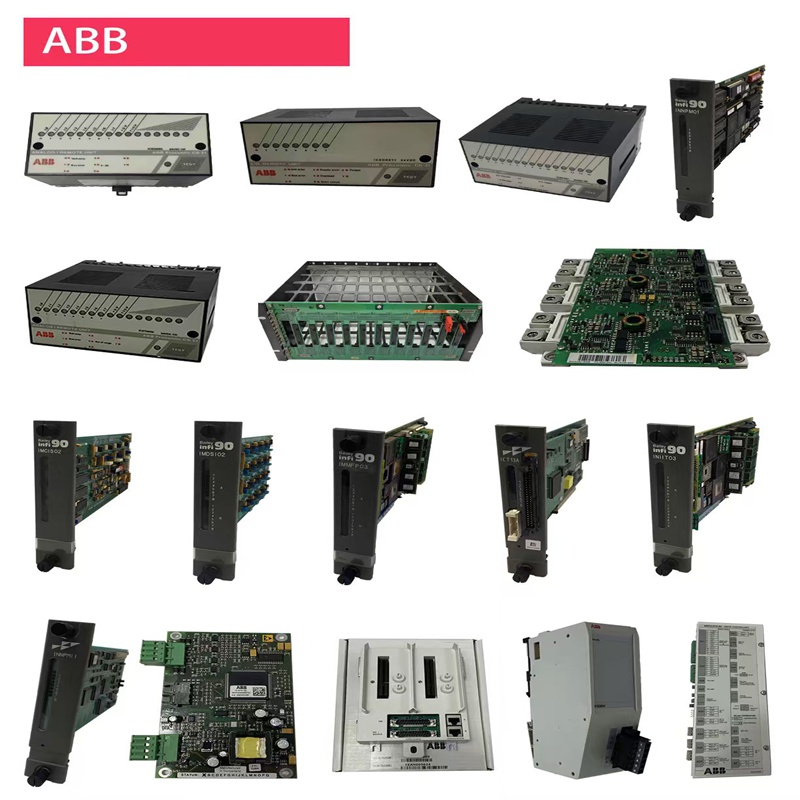
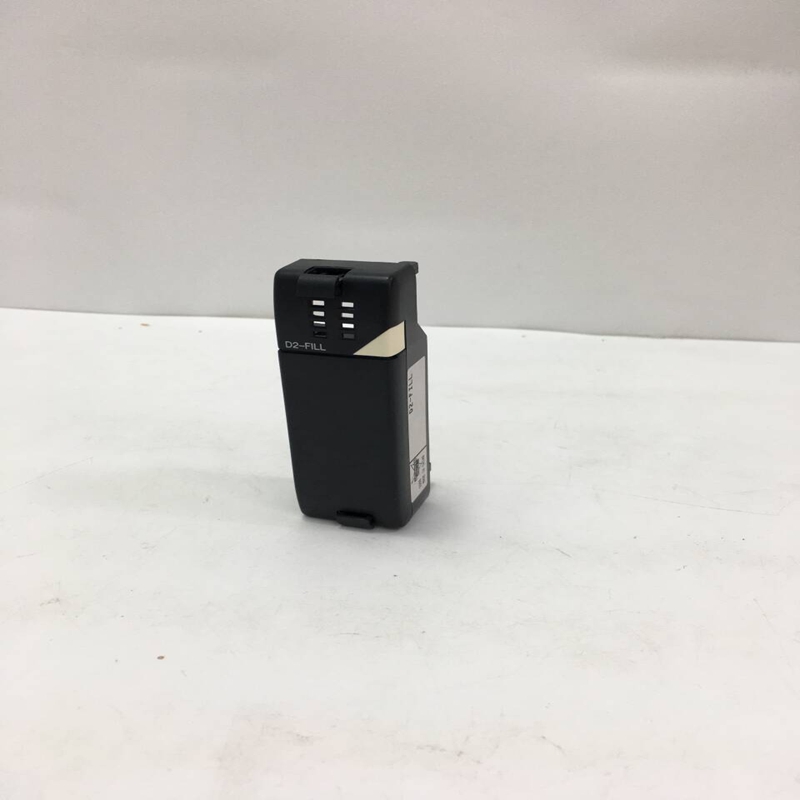
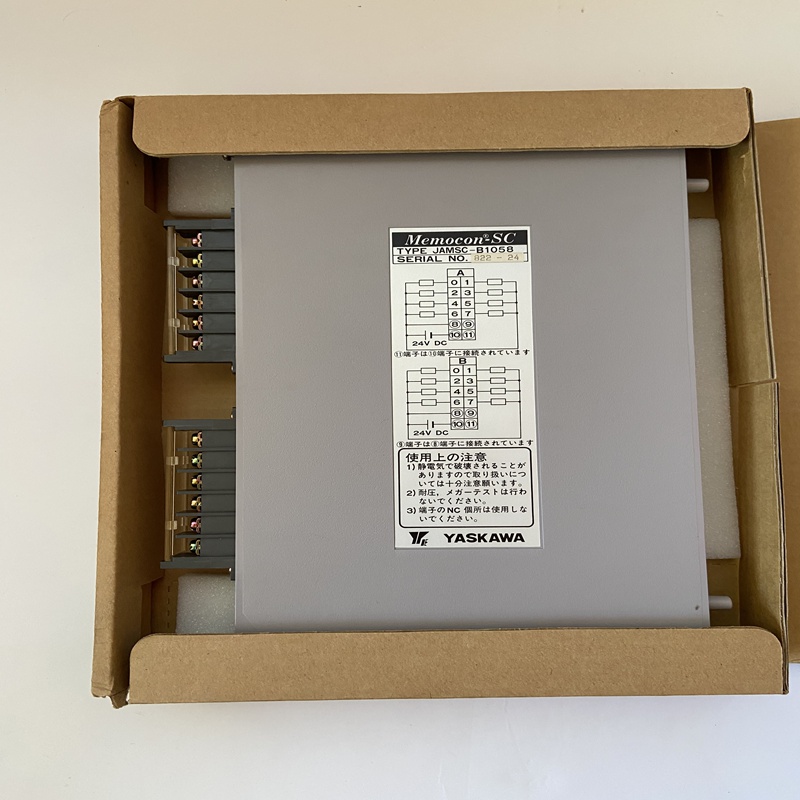
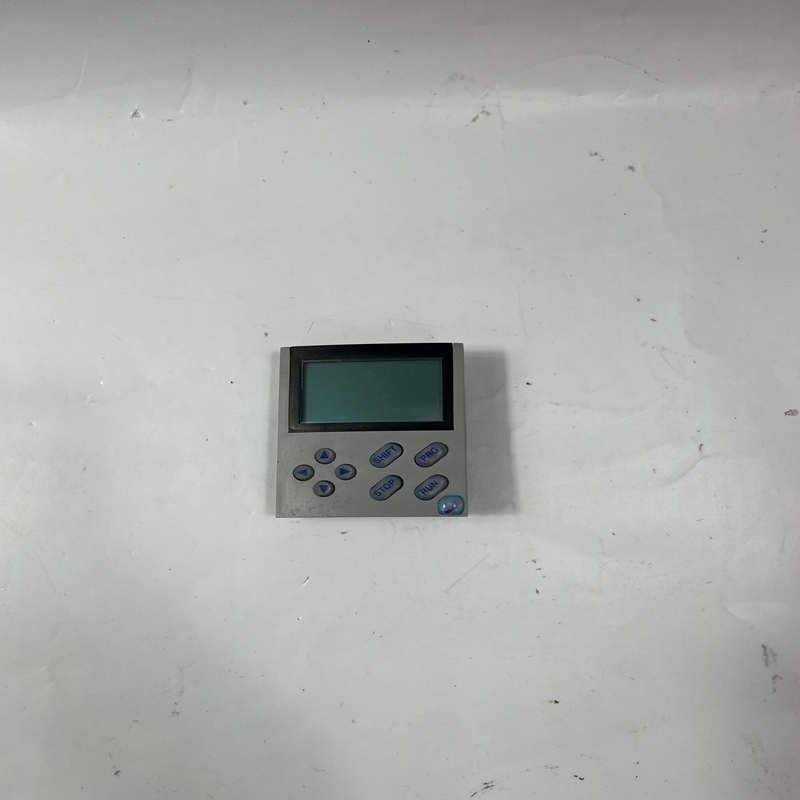

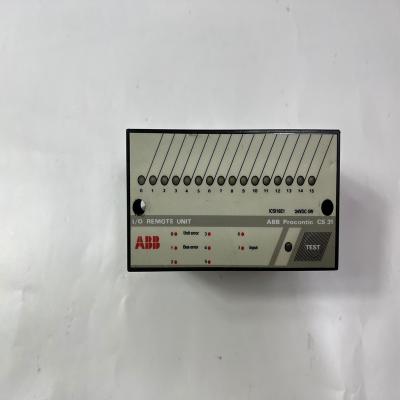


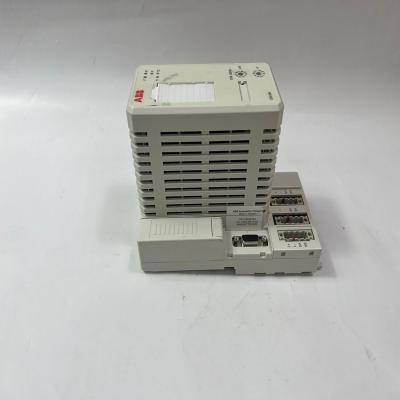
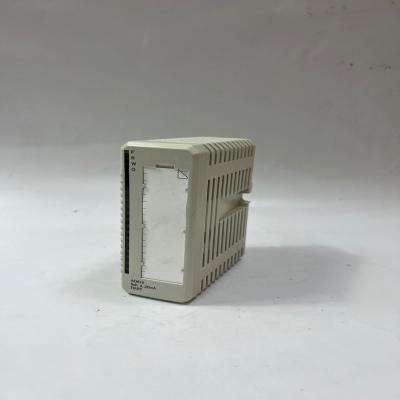





 IPv6 network supported
IPv6 network supported